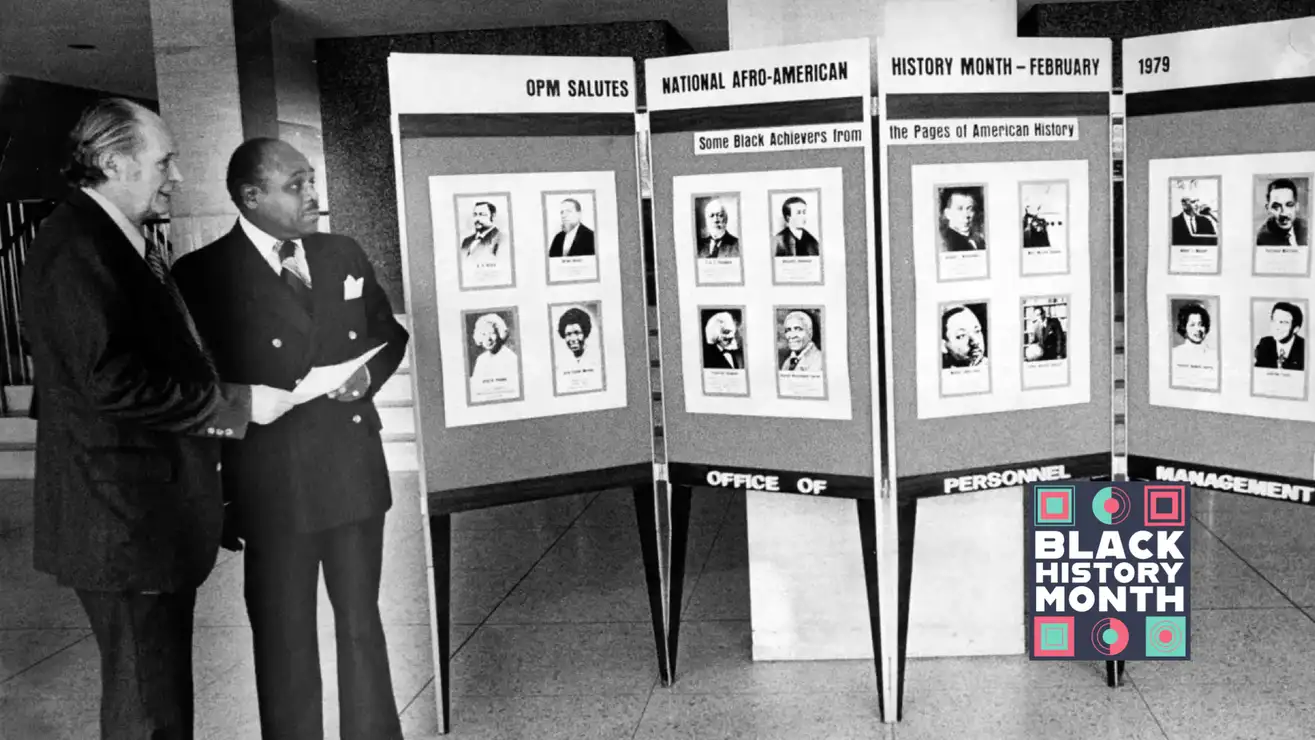Written By Jessica Washington
The United States has been officially celebrating Black History Month for nearly fifty years. But how did the celebration come to be? And (to answer the real question on everyone’s minds), why is it the shortest month of the year?
Our story begins decades before the official recognition of Black History Month. In 1915, Black scholar Carter G. Woodson and Minister Jesse E. Moorland co-founded the Association for the Study of Negro Life and History (ASALH). The group was founded to research and study African American history and life, which were largely ignored by the prominent academic organizations of the day.
Skip forward to 1926, and the ASALH decides to create the first National Negro History Week. If you’ve been patiently waiting to figure out why Black History Month is February, here is your answer.
The group chose the celebration to fall during the second week of February to coincide with the birthdays of Abraham Lincoln and Frederick Douglass. (To be fair, we don’t actually know Frederick Douglass’ birthday because he was born into slavery, but his chosen birthday is February 14th).
The holiday took on a life of its own from there. Local communities and college campuses celebrated Negro History Week for decades. In the 1960s, during the civil rights movement, the week evolved into Black History Month.
1976 President Gerald R. Ford officially recognized Black History Month to “honor the too-often neglected accomplishments of black Americans in every area of endeavor throughout our history.”

